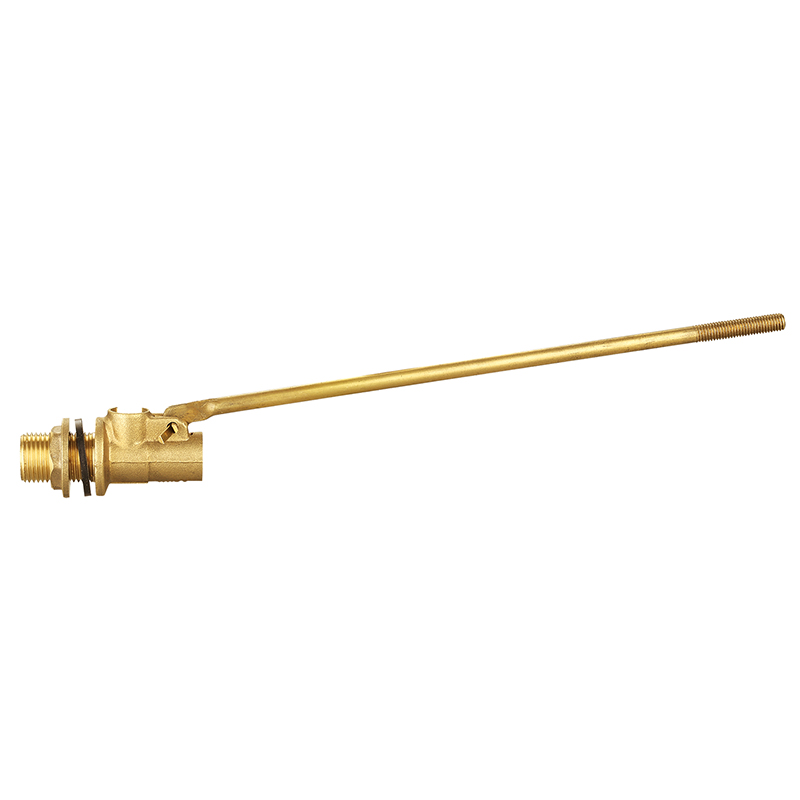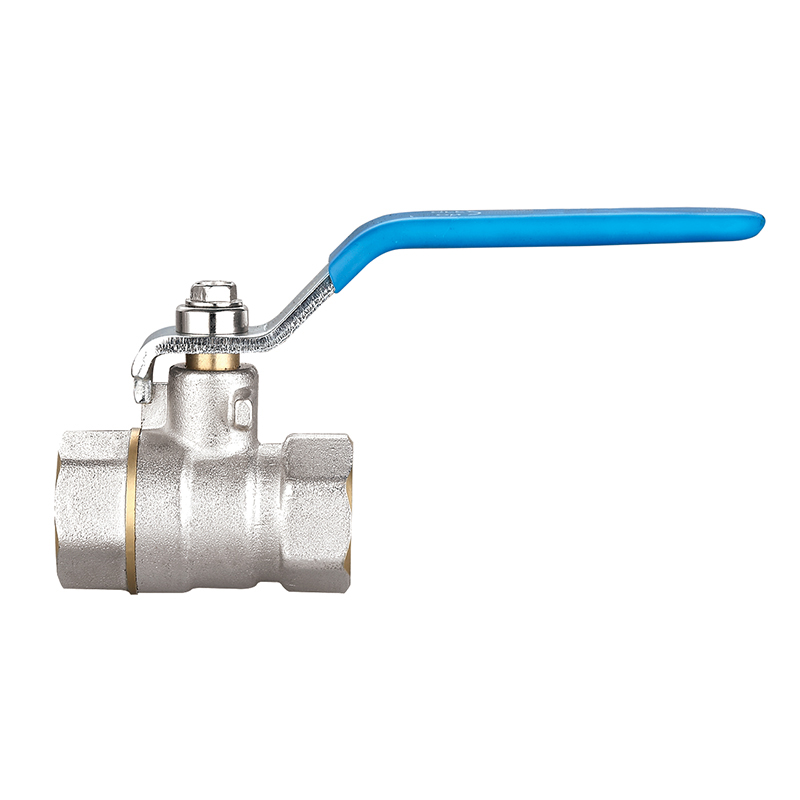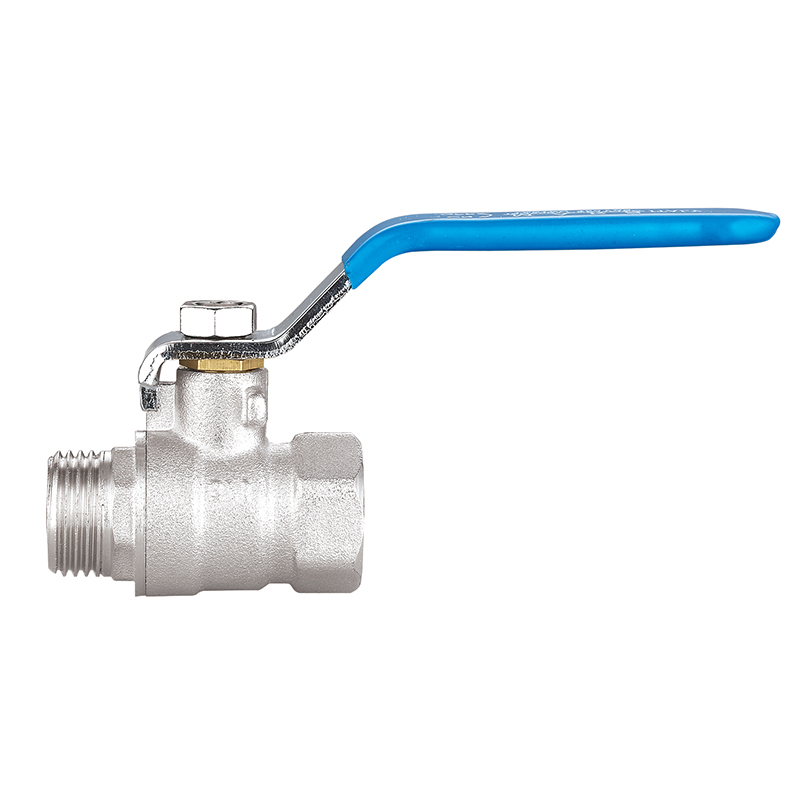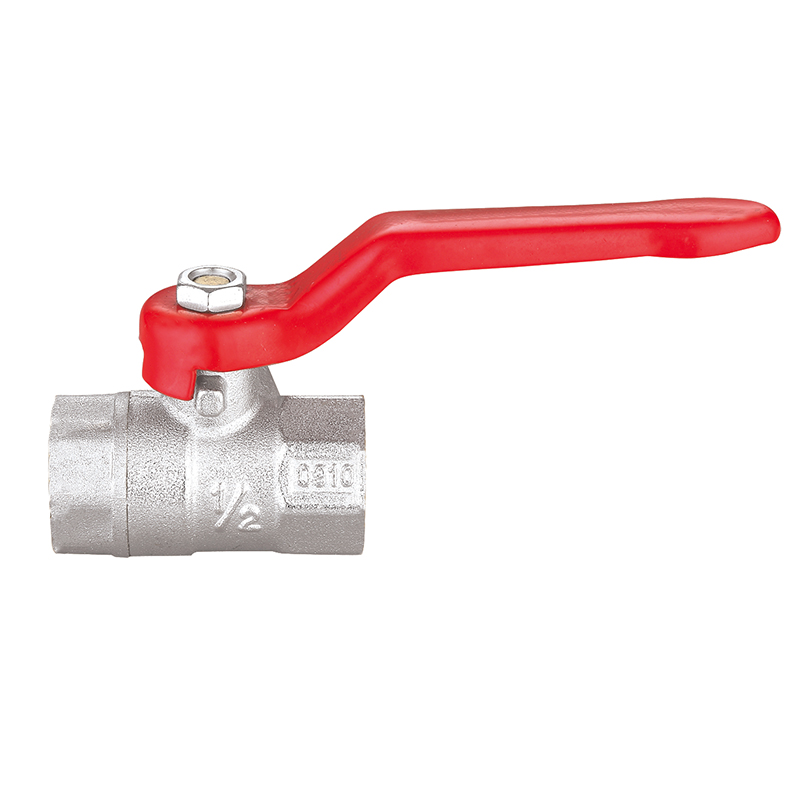Float Valves: The Unsung Heroes of Fluid Level Control in Modern Systems
2025-07-11
In the realm of fluid management and control, ensuring consistent liquid levels within tanks, reservoirs, and piping systems is fundamental to the safe and efficient operation of countless industrial and commercial applications. At the heart of this process lies the float valve, a device that, despite its simplicity, plays a vital role in regulating fluid flow automatically based on liquid levels.
Thanks to its robust design, adaptability, and maintenance needs, the float valve remains a staple component across sectors such as water treatment, agriculture, HVAC, and manufacturing. With evolving configurations tailored to meet increasingly specialized demands, float valves continue to demonstrate their importance in modern fluid systems.
The Principle Behind Float Valves
Float valves operate on a straightforward mechanical principle. A float, typically a hollow ball or diaphragm, is attached to an arm or directly integrated into the valve body. As the liquid level rises or falls within a vessel, the float moves correspondingly, actuating the valve to open or close. This action regulates the inflow of liquid, maintaining the desired level without the need for external controls or power sources.
This inherent simplicity ensures high reliability and makes float valves exceptionally suited for remote or unattended installations, where automated level control is critical yet complex control systems may be impractical or too costly.
Diverse Configurations for Varied Applications
The float valve market has expanded to offer a range of designs to suit different fluid types, pressure conditions, and operational requirements.
Ball Float Valves: The common type, featuring a buoyant ball connected to a lever arm. These valves are widely used in water tanks, cooling systems, and irrigation setups. Their rugged construction makes them suitable for moderate pressures and clear liquids.
Diaphragm Float Valves: Employing a flexible diaphragm that responds to float movement, these valves provide finer control and are often used in applications requiring leak-tight shutoff or where the fluid contains suspended solids. Diaphragm float valves are popular in chemical processing and industrial wastewater management.

Piston Float Valves and Electronic Float Valves: More specialized variants incorporating advanced mechanisms or sensors, these models cater to highly controlled environments or integration with automated systems.
Industrial and Commercial Uses
Float valves find extensive use across numerous industries:
Water Treatment and Supply: In municipal and industrial water storage tanks, float valves prevent overflow and maintain adequate supply levels. Their ability to operate without electricity makes them ideal for emergency reservoirs and remote facilities.
Agricultural Irrigation: Float valves regulate water inflow into ponds, reservoirs, and drip irrigation systems, optimizing water usage and preventing waste. Their durability ensures reliable performance even in outdoor and variable environmental conditions.
HVAC Systems: Used in cooling towers and boilers, float valves maintain water levels to ensure efficient heat exchange and system safety.
Industrial Manufacturing: Float valves regulate chemical and process liquids in storage tanks, maintaining consistent supply for production processes.
Benefits Driving Market Growth
Several factors contribute to the ongoing demand for float valves:
Simplicity and Reliability: With few moving parts and a straightforward operating principle, float valves deliver consistent performance with risk of failure.
Low Maintenance: Designed for durability, many float valves can operate for years without servicing, reducing downtime and operational costs.
Cost-Effectiveness: Compared to complex level control systems, float valves provide an economical solution for liquid level management, especially in large-scale or multiple installations.
Adaptability: The availability of various materials—including stainless steel, brass, PVC, and specialized alloys—enables use with corrosive fluids, high temperatures, or sanitary conditions.
Recent Innovations and Trends
Manufacturers are continuously enhancing float valve designs to address evolving industry challenges. Key innovations include:
Improved Materials: Corrosion-resistant alloys and reinforced plastics extend service life in harsh chemical environments.
Compact and Modular Designs: Space-saving float valves fit into constrained installations without sacrificing functionality.
Smart Integration: Some float valves are now equipped with sensors or electronic actuators for remote monitoring and control, bridging traditional mechanical reliability with digital system management.
Energy Efficiency Focus: By automating level control without electrical input, float valves support sustainability goals by reducing energy consumption.
Whether you want to become our partner or need our professional guidance or support in product selections and problem solutions, our experts are always ready to help within 12 hours globally.




 русский
русский Español
Español عربى
عربى





